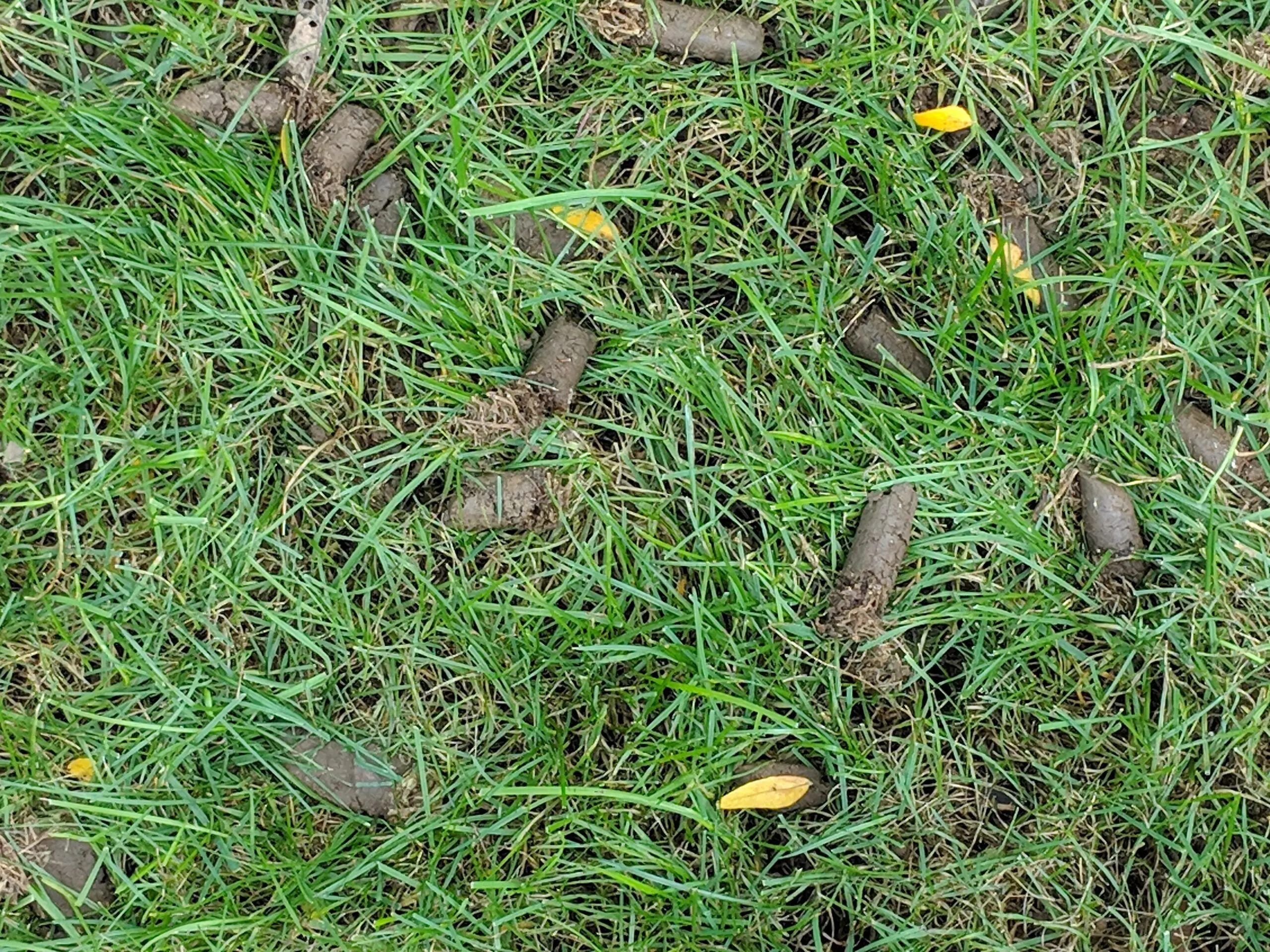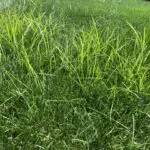Lawn aeration is an essential practice for maintaining a healthy and vibrant lawn. It involves perforating the soil with small holes to allow air, water, and nutrients to penetrate the grass roots. This process can significantly improve the overall health and appearance of your lawn. In this comprehensive guide, we will explore the numerous benefits of lawn aeration and how it contributes to a lush, thriving lawn.
1. What is lawn aeration, and why is it important?
Lawn aeration is the process of perforating the soil with small holes to alleviate compaction and allow air, water, and nutrients to reach the grassroots. Compacted soil can restrict the flow of essential elements to the roots, leading to an unhealthy and lackluster lawn. Aeration helps to counteract this by promoting better root growth and overall lawn health.
2. How does lawn aeration improve soil and grass health?
Aeration facilitates better soil structure by reducing compaction, which allows for improved root development and water absorption. This, in turn, leads to healthier and more resilient grass that is better equipped to withstand environmental stressors such as drought, disease, and foot traffic. Additionally, it promotes the breakdown of thatch, a layer of dead grass and organic matter that can suffocate the lawn if left unchecked.
3. When is the best time to aerate a lawn?
The best time to aerate a lawn depends on the type of grass and the climate. Generally, cool-season grasses should be aerated in the early spring or fall, while warm-season grasses benefit from aeration in late spring or early summer. It is important to consider the growth and recovery potential of the grass when scheduling aeration to maximize its benefits.
4. What are the equipment and techniques used for lawn aeration?
Lawn aeration can be performed using various techniques, including spike aerators, plug aerators, and liquid aeration. Each method has its advantages and disadvantages, and the choice of equipment depends on the specific needs of the lawn. It is crucial to select the appropriate equipment and technique to achieve the desired results without causing damage to the grass or soil.
5. What are the visible and long-term benefits of lawn aeration?
Visible benefits of lawn aeration include improved water infiltration, enhanced nutrient uptake, and reduced thatch accumulation. Over the long term, aeration promotes a deeper and healthier root system, leading to a denser and more resilient lawn. It also contributes to better overall turf quality, reduced water runoff, and increased tolerance to environmental stressors.
In conclusion, lawn aeration is a crucial practice for promoting the health and vitality of your lawn. By alleviating soil compaction, facilitating better nutrient absorption, and promoting robust root growth, aeration contributes to a lush and resilient lawn that can withstand various environmental challenges. Understanding the benefits of lawn aeration and the best practices for implementation can help you achieve a vibrant and thriving lawn that will be the envy of the neighborhood






